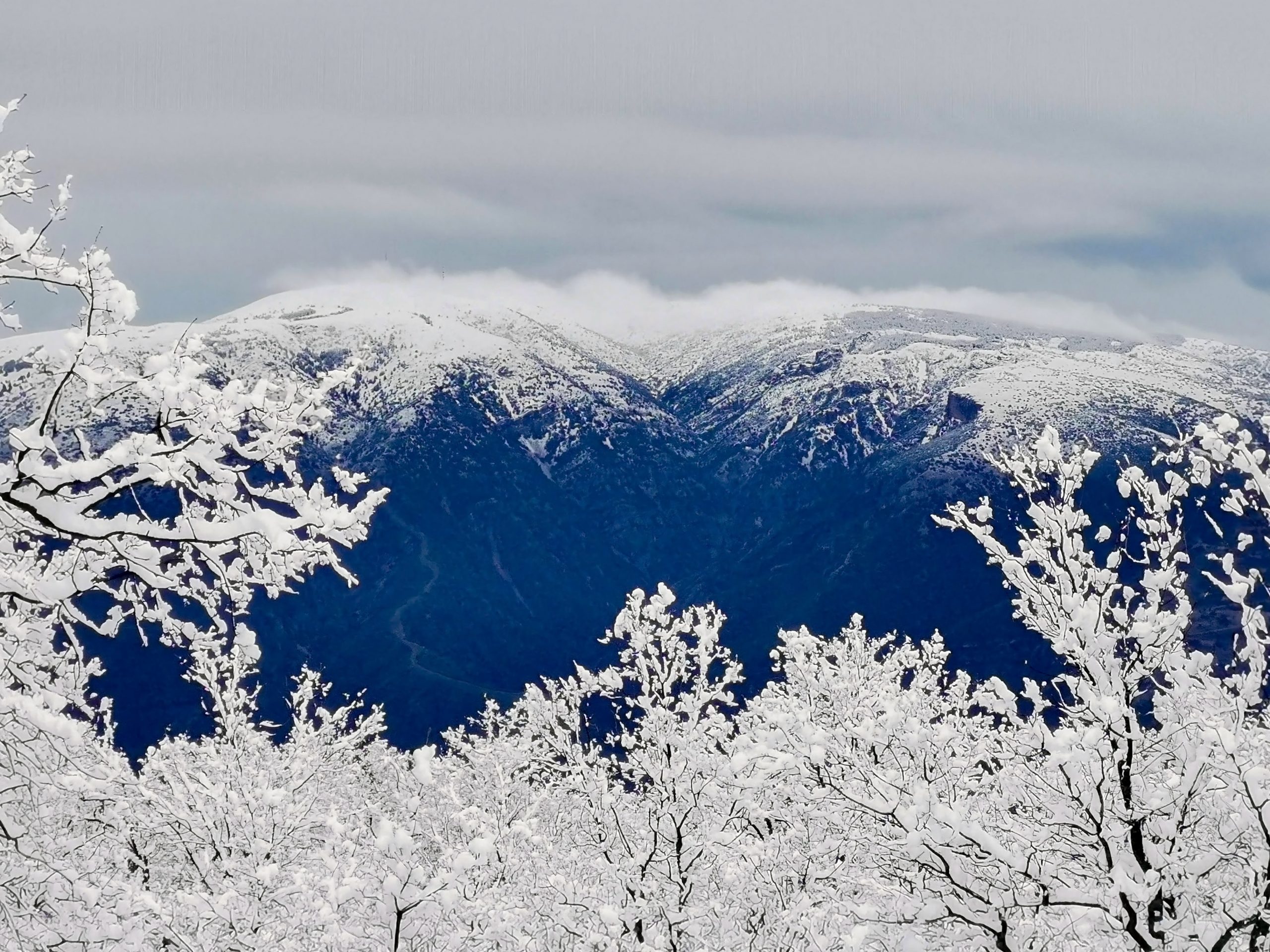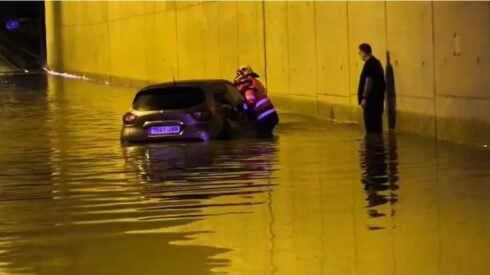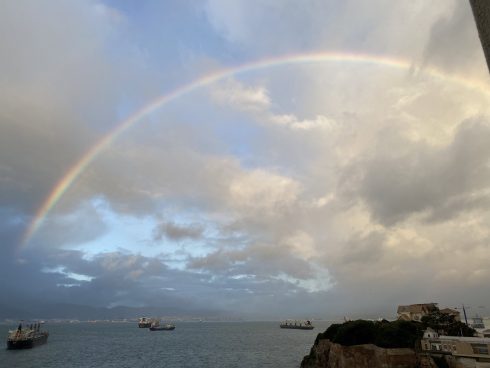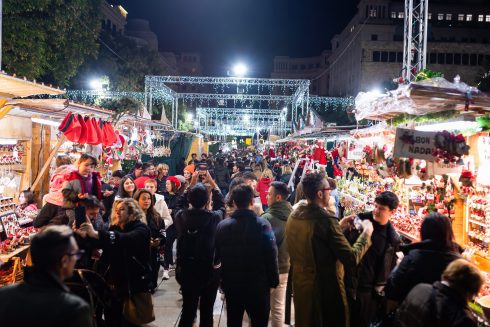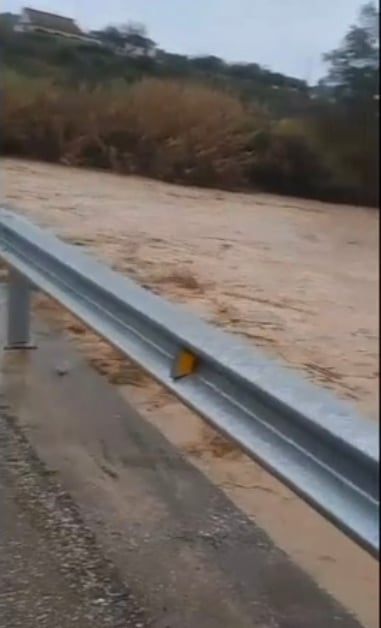IF you fantasise about picture-perfect Christmas card scenes, with snow-laded pine trees, mountain vistas, and real wood-burning chimneys, the Alpujarra fits the bill. With the Sierra Nevada peaks glistening with snow, forests laden with Maritime Pines, and an abundance of almonds and figs, there’s a lot to say, “it’s Christmas time”.
The Alpujarra is also known for its fresh air. It will clear the festive hangover caused by too many ‘sol y sombras’ (brandy mixed with anís) or mulled wine. It’s also peaceful. In this tranquil area, you’re more likely to run into a shepherd walking his goats than a group of people having an office Christmas party.
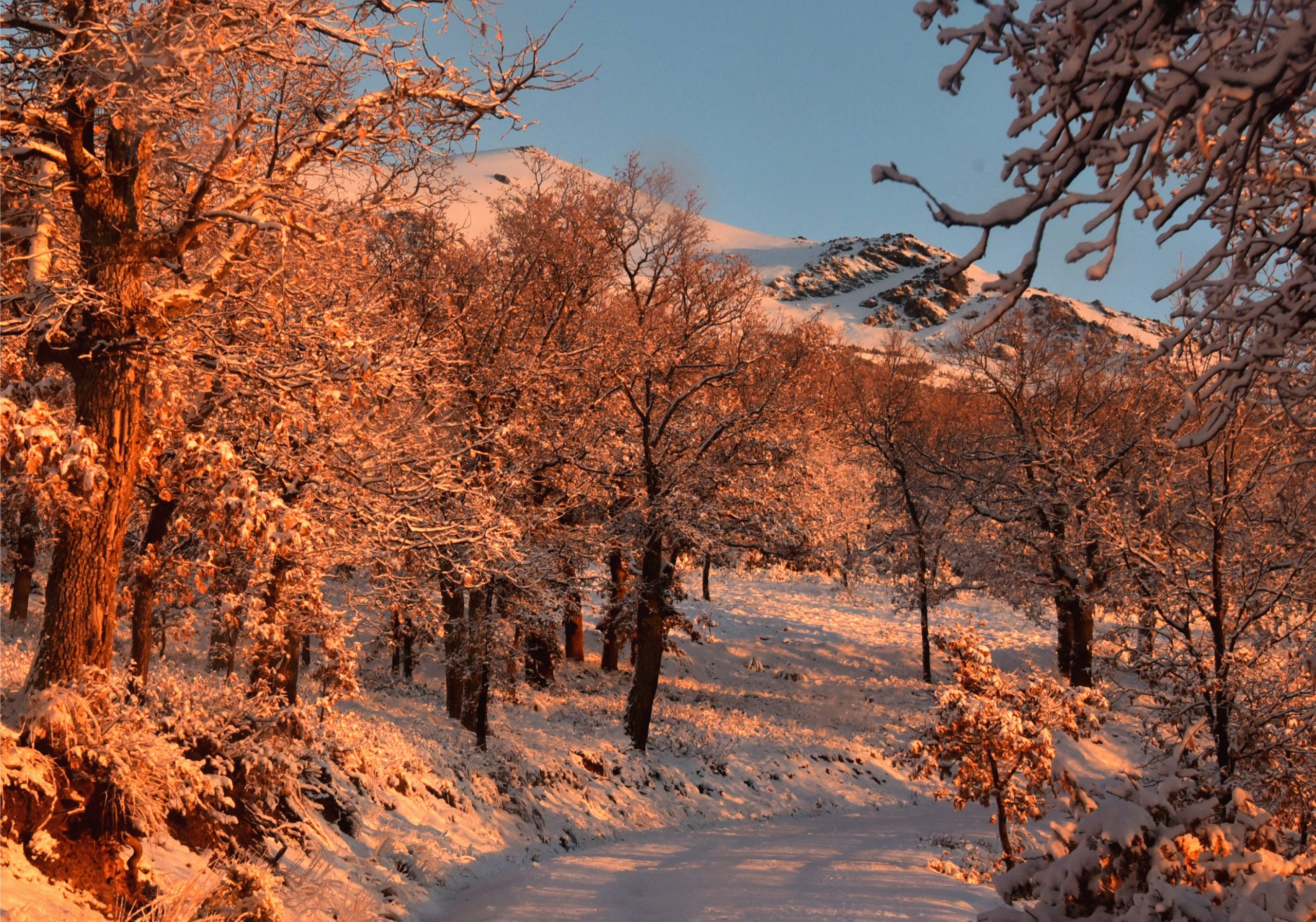
Keeping it real
Spain is a religious nation, with 56% of the population identifying as Catholic. This differs from the UK, where an increasing percentage say they’re agnostic. The religious vibe explains why Christmas in Spain isn’t about tacky plastic Santas or competing with the neighbour’s gaudy LED display.
In La Alpujarra, the emphasis is on community spirit, with towns building intricate municipal ‘Belens’ (Bethlehem scenes) and using natural resources to “deck the halls”, such as red Poinsettia plants and sustainable wooden decorations. Another custom is for residents to crochet pretty covers to adorn municipal ‘furniture’, such as trees and parking bollards. This year, there has been a focus on Christmas trees made from unusual products, that aren’t an actual tree.
Some towns hold workshops to make your own presents – for example, personalised gift boxes or soaps. Others run artisan markets and encourage people to “shop local”, such as the popular spa town of Lanjarón.
To keep up the festive spirit, Lanjarón has launched a fun-packed festive programme running to January 5. This kicked off with a “Zambomba” night on December 7, with choirs singing flamenco-influenced songs, followed by the opening of a Santa Claus house. The town is also holding workshops, music nights, and dance displays, as well as two large parties in the sports hall (those are likely to be wild!).
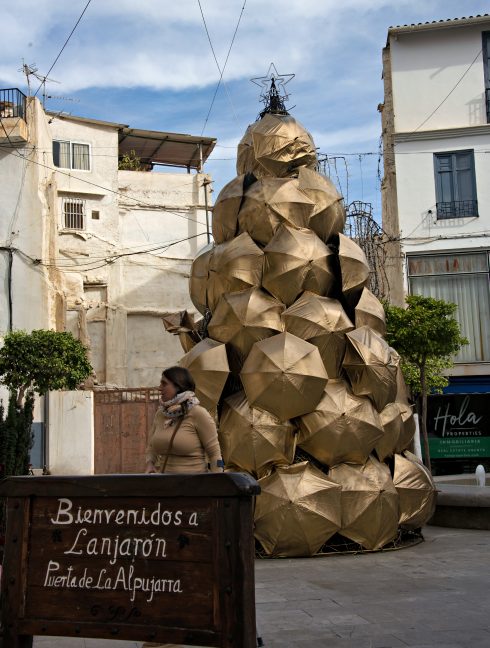
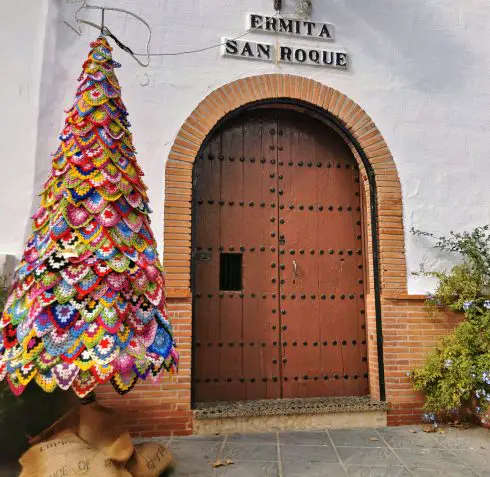
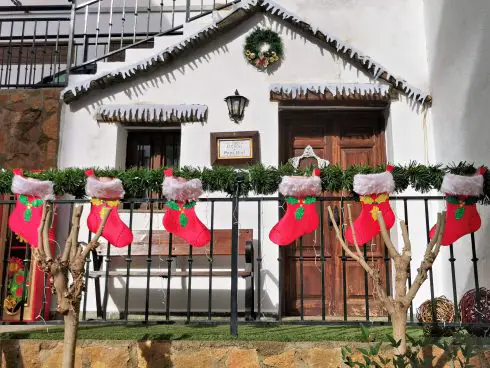
The nearby market town of Orgiva has mounted a large municipal tent to host community events and music nights throughout the holiday. It also has carol singing in its church.
During the first two weeks of December, most Spanish town halls inaugurated their lighting displays – sometimes to coincide with the ‘Día de la Inmaculada’ (immaculate conception of the Virgin Mary) on December 8.
The main festive celebration days
As we all know, Britain’s biggest date is Christmas Day – December 25 – followed by Boxing Day (26th). In the UK, it’s not uncommon to dismantle the Christmas tree on Boxing Day, having installed it in November.
British visitors are sometimes shocked that Spain doesn’t celebrate Boxing Day. The reporter was once awoken by noisy building works at 8am on 26December. The answer is to head to the mountains – such as the forestry tracks above many Alpujarran towns. Up there, you’ll hear natural sounds, such as ‘acequias’ and streams.
Tanya Grenfell-Williams, a resident of Órgiva, says: “Christmas always feels so much less commercial here, which is great. I used to find the lack of Boxing Day strange but now it seems normal.”
The biggest celebration days
In Spain, December 24 and January 31 are the biggest nights. Spanish families gather on ‘Noche Buena’ (Christmas Eve) for a group feast. Turkey isn’t a staple dish in La Alpujarra. It’s more common to find a buffet with prawns and squid, followed by ‘dulces’ (sweet treats).
Before the feast, many people (men, largely) cluster in the village bars. By 8pm, these close and you could hear a pin drop in the street, as everyone goes home to dine. The bars reopen at midnight, so people drink ‘copas’ (spirit and mixers) and remain there until the early hours.
The next big event is ‘Noche Vieja’ (New Year’s Eve), where the family feast is repeated. This time, you’re obliged to eat 12 grapes at midnight, to bring luck for the New Year. Each grape represents a different month of 2023.
The festive celebrations end on January 5, when the Santa suits receive a final airing at the Three Kings parade, and then people prepare for “normality” – the return to work.
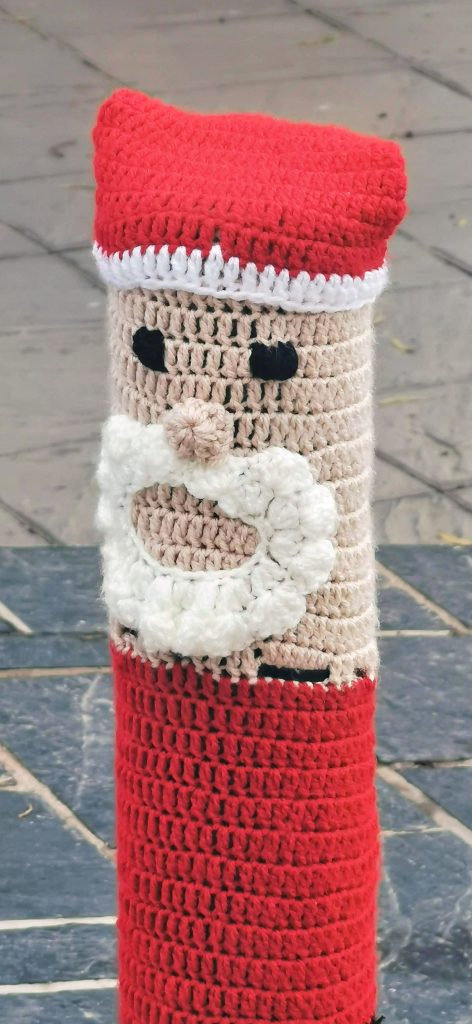

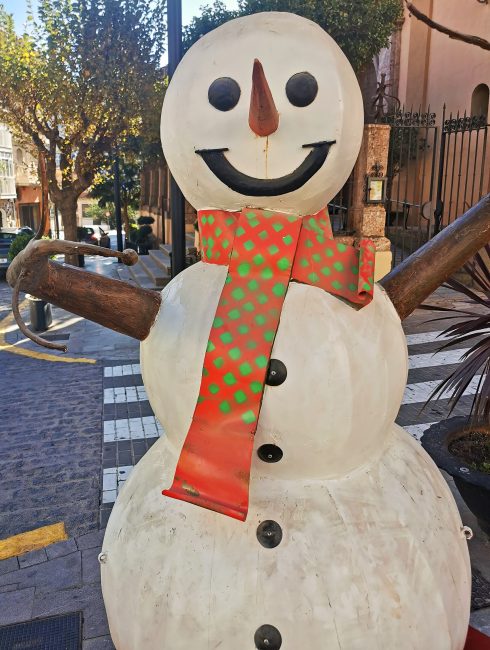
Festive fayre
La Alpujarra has a wealth of traditional Christmas dishes. Even if you prefer a Cadbury’s Wispa to a fig, why not give the local products a try? Do watch your waistline, as the treats are calorie laden.
Turrón is a nougat bar made with honey, sugar, egg white and toasted almonds, and other nuts. You can buy a delicious chocolate variety, which is crunchy and slightly salty.
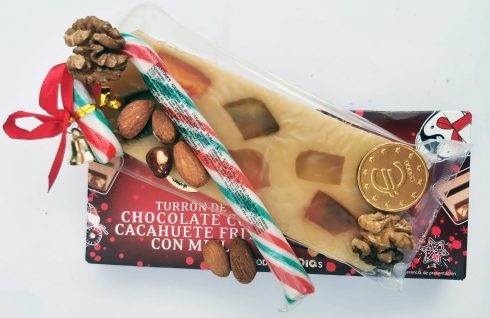
- ‘Polverones’ are shortbread cookies, with a crumbly consistency.
- ‘Mantecados’ are like ‘polverones’ and are made of 25% white sugar, 25% wheat flour and 25% lard, so don’t eat too many.
- Marzipans are popular in Spain, as well as in Britain.
- ‘Pestiños’ are pieces of dough, deep fried in olive oil and glazed with honey or cinnamon sugar.
- It’s customary to wash down the ‘dulces’ with a shot of ‘anís’. Remember that one glass is enough.
What to do in the Alpujarra of Granada this Christmas
Christmas in La Alpujarra is the perfect opportunity to light the wood-burning stove and relax in front of Netflix. However, if you feel active, there is plenty to see and do.
Check out the Christmas lights in your nearest town. Most ‘peublos’ have a municipal display. Alternatively, travel to a big city such as Granada or Malaga to see the large-scale illuminations.
- Christmas markets are the ideal place to buy thoughtful gifts. Artisan presents can include pickles, soaps, hand-made decorations, and items woven from cane. Granada has markets running at Bib Rambla and Puerta Real. These take place daily from 11am to 2pm and 5-9.30pm, except December 25 and January 1.
- Ice skating is always good for the family at Christmas. Granada is running a festive outdoor rink at Bib-Rambla.
- If you like a knees-up, check out the ‘Noche Buena’ and ‘Noche Vieja’ celebrations in your town’s municipal tent, plaza, or sports pavilion. The wildest Alpujarran municipal party the reporter has ever witnessed (at the ripe old hour of 8am!) was, amazingly, in a school gym.
- Head to the white villages of Pampaneira, Bubion or Capileira, La Taha de Pitres, or the area’s highest village of Trevélez to try the delicious ‘tapa’.
- Visit forestry routes and recreation areas, such as Puente Palo (Cáñar), Huerta de las Monjas (Lanjarón) or Hoya del Portillo (Capileira), if there’s not snow on the tracks.
READ MORE
CARVING a name for itself: how Trevelez, one of Spain’s highest villages, has built a tourist trade around its famous cured ham
On top of the world: Granada’s Sierra Nevada is the perfect active tourist destination in Spain
Click here to read more Spain News from The Olive Press.

